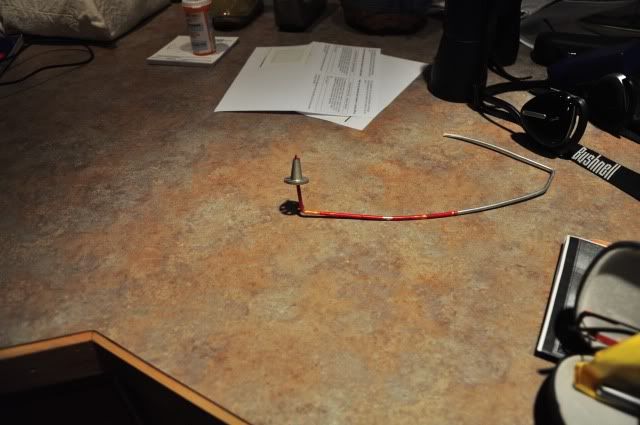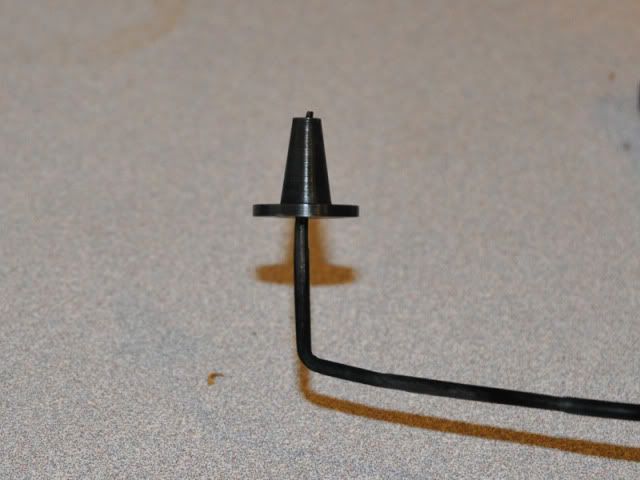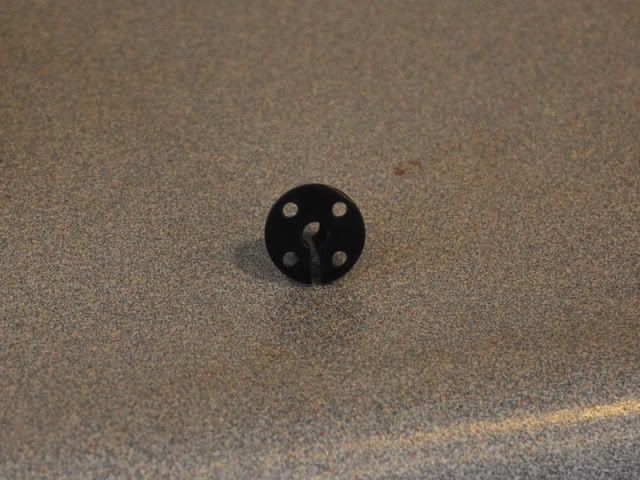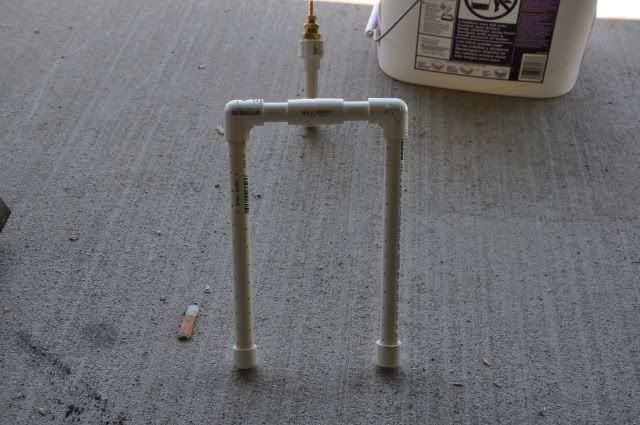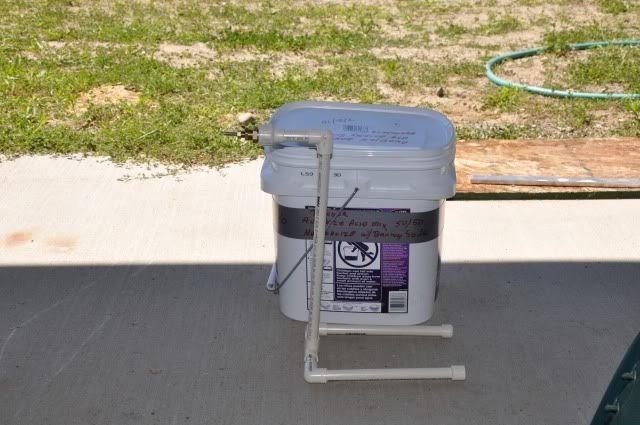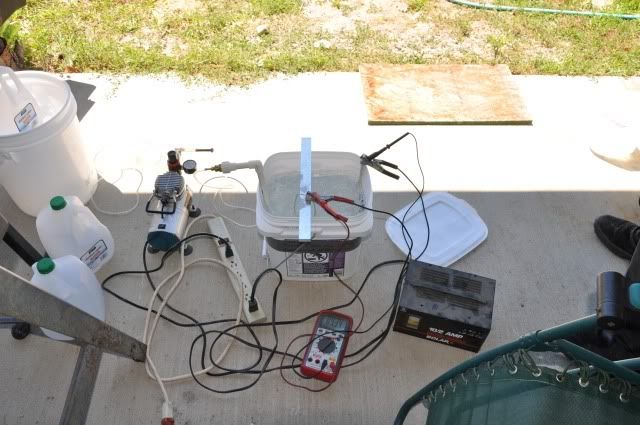deere_x475guy
Well-Known Member
I just spent the day getting set up to try my hand at anodizing. It's pretty much a run of the mill home shop setup. 2amp/10amp battery charger, battery acid mixed 50/50 with distilled water and lye mixed with distilled water...and lots of distilled water rinse buckets.
My test piece is in right now and if I get this figured out I will be doing the wheels, frame and deck on my siamese twin.
Here are a few pics of the parts and the set up.
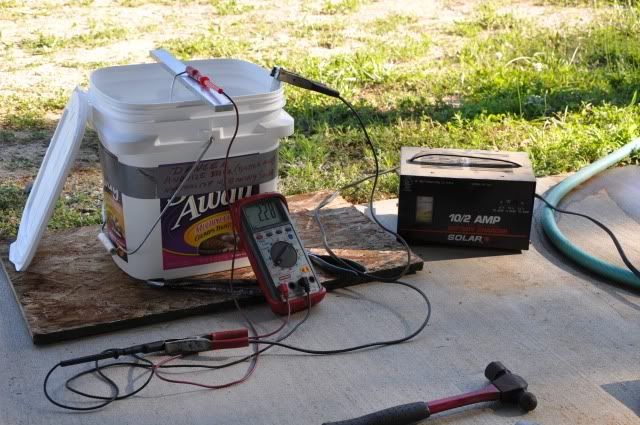
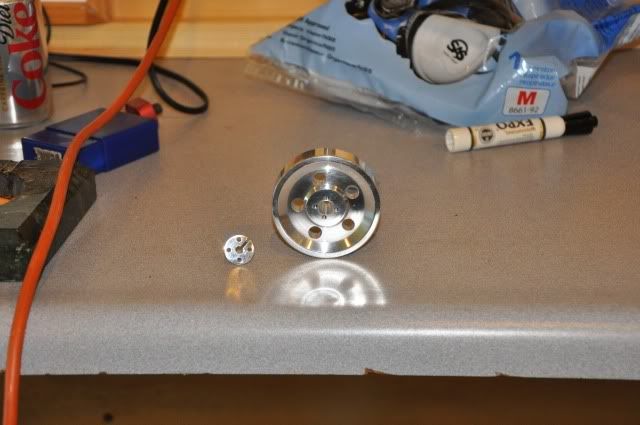
I will follow up in the projects area when I get going on the parts for the Siamese twin.
I also am doing some powder coating now...
My test piece is in right now and if I get this figured out I will be doing the wheels, frame and deck on my siamese twin.
Here are a few pics of the parts and the set up.


I will follow up in the projects area when I get going on the parts for the Siamese twin.
I also am doing some powder coating now...





